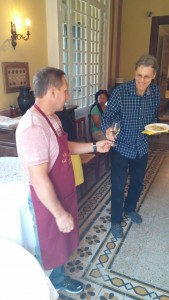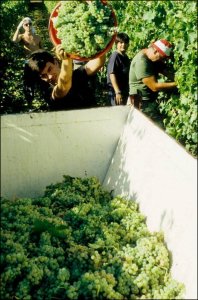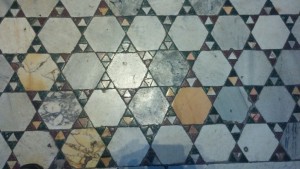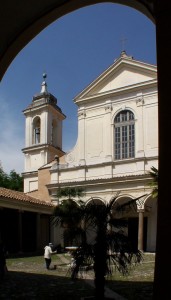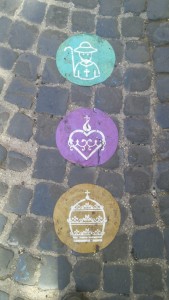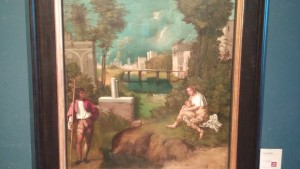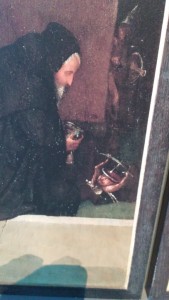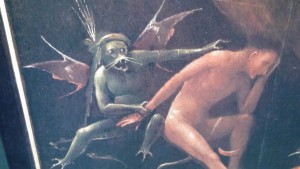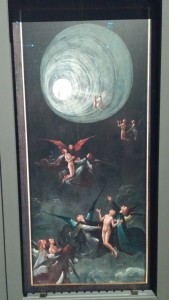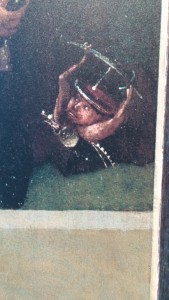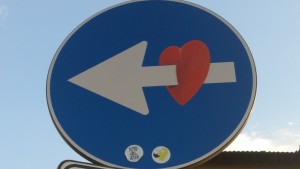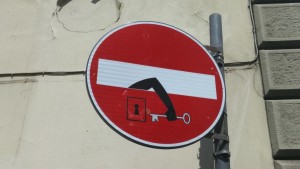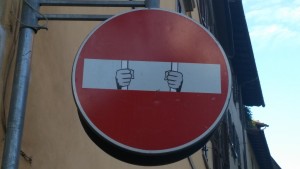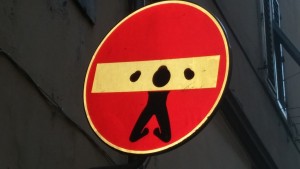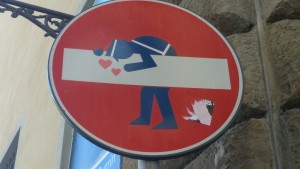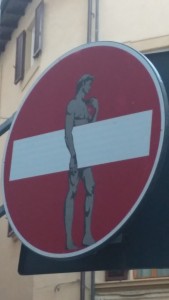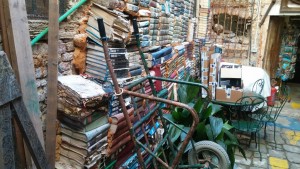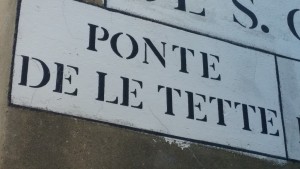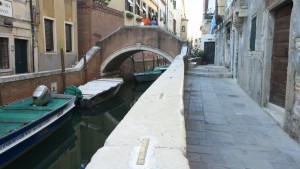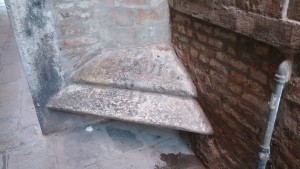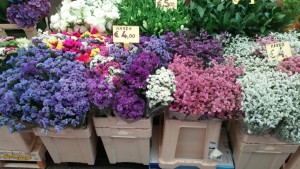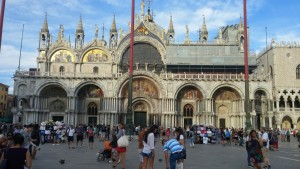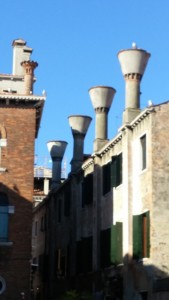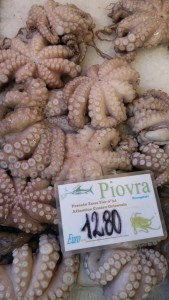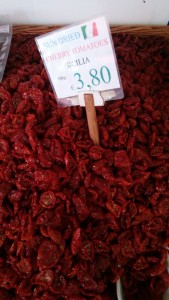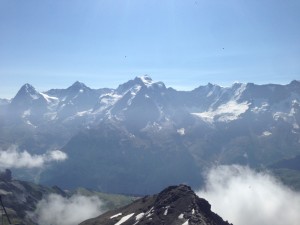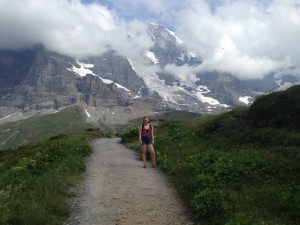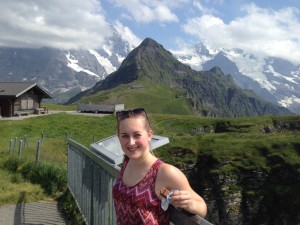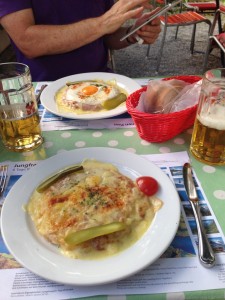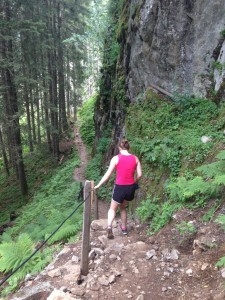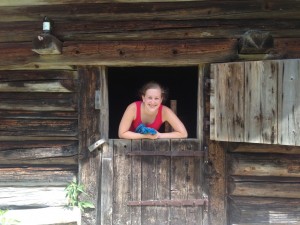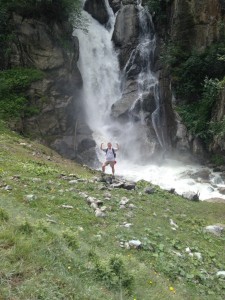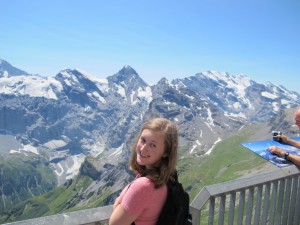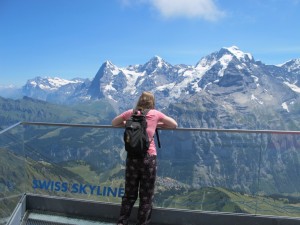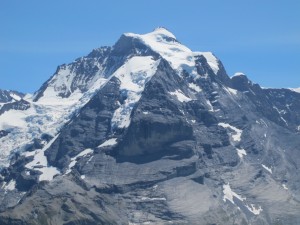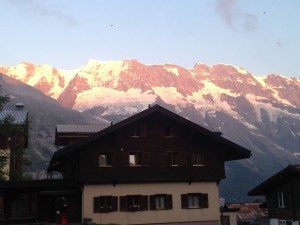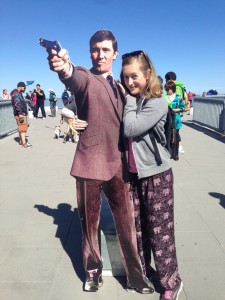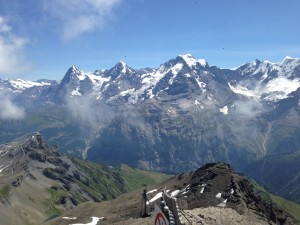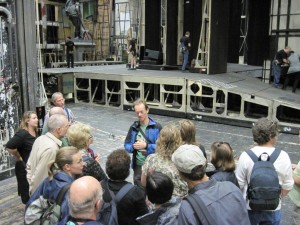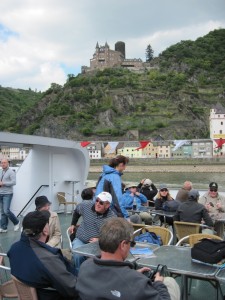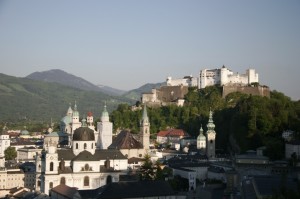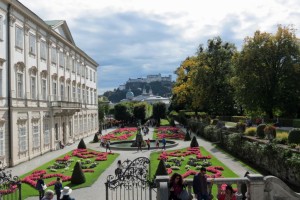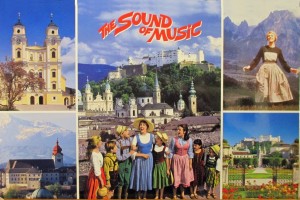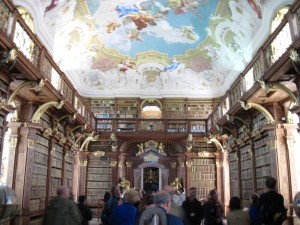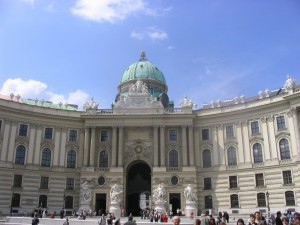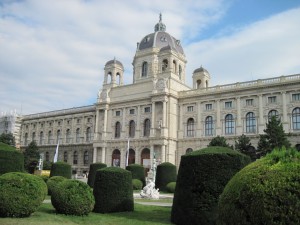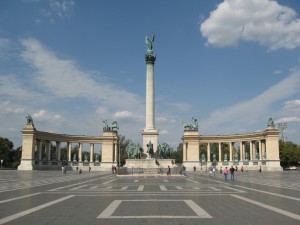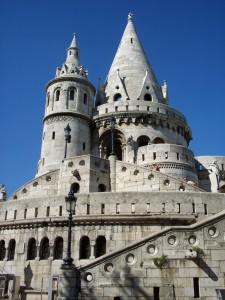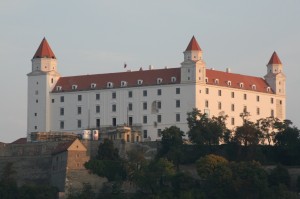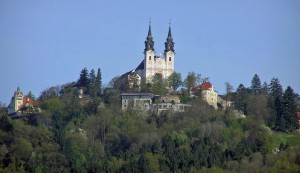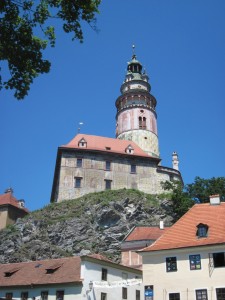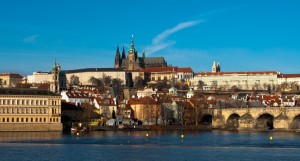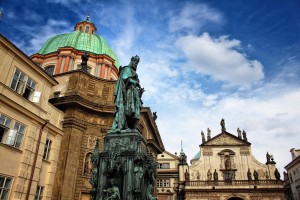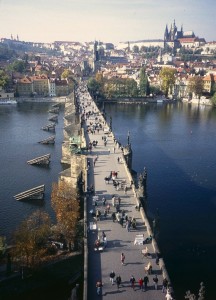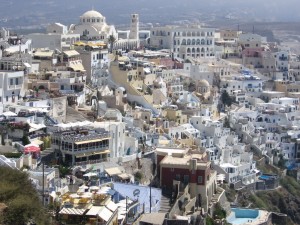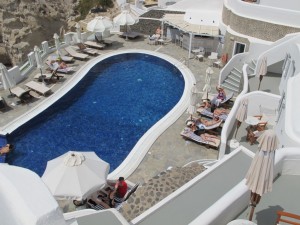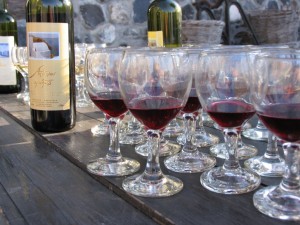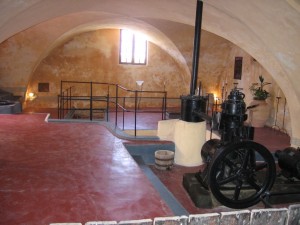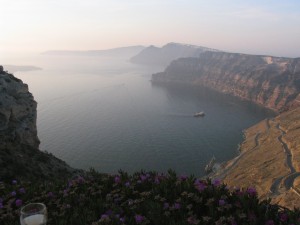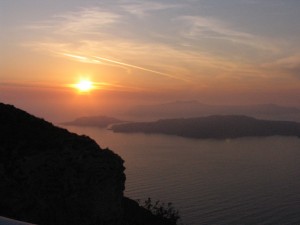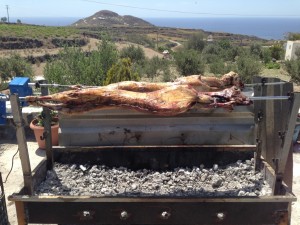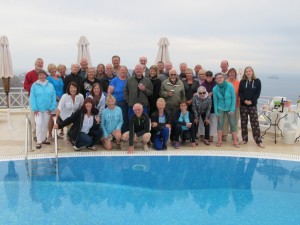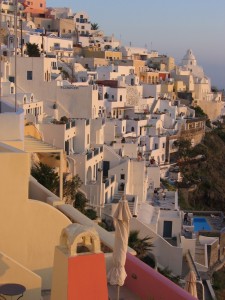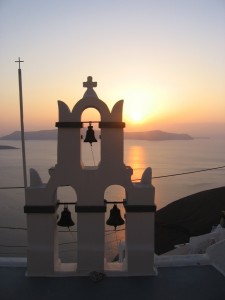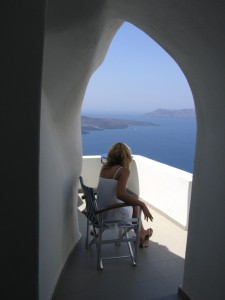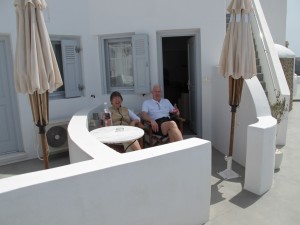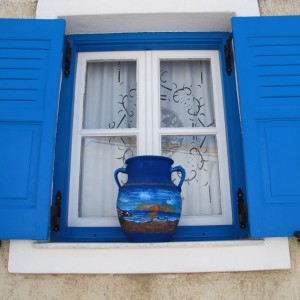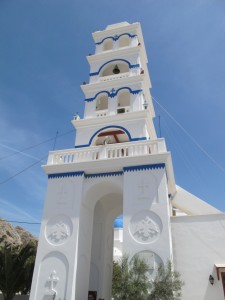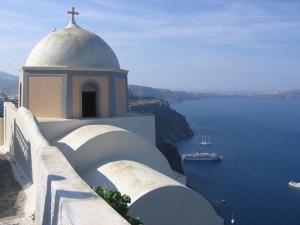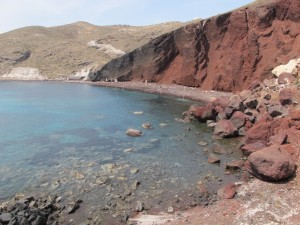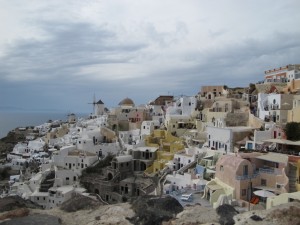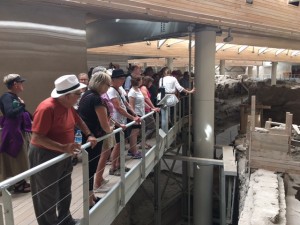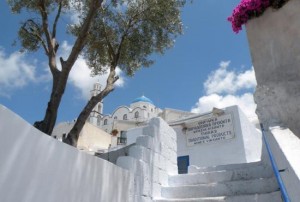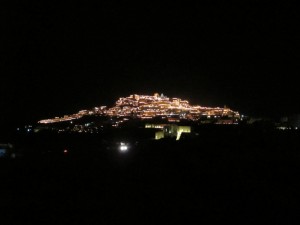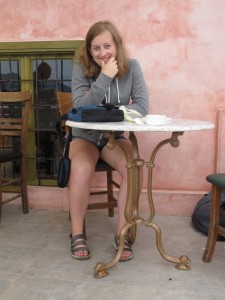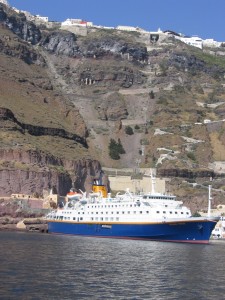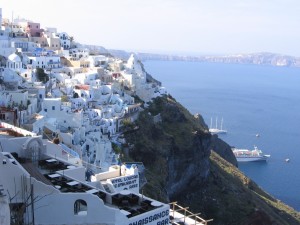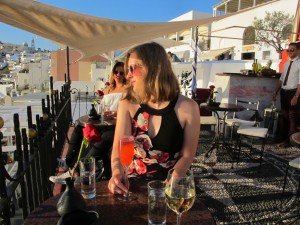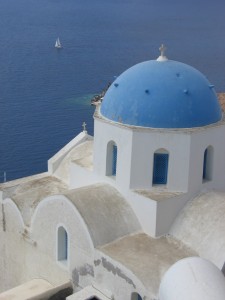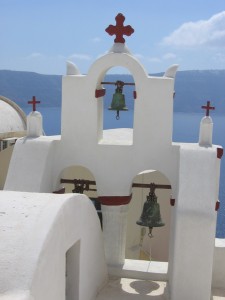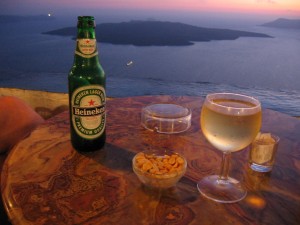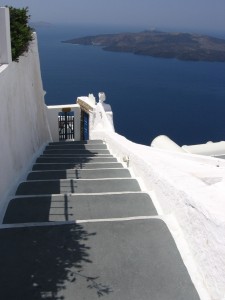 For many years I've had the good fortune to take tour groups to Tenuta le Velette winery in Umbria for tastings. Hosted by Cecelia, the latest matriarch of the Botai wine making family, my groups always have a memorable experience here under the Umbrian sun. But I don't believe I've ever blogged about it.
For many years I've had the good fortune to take tour groups to Tenuta le Velette winery in Umbria for tastings. Hosted by Cecelia, the latest matriarch of the Botai wine making family, my groups always have a memorable experience here under the Umbrian sun. But I don't believe I've ever blogged about it. 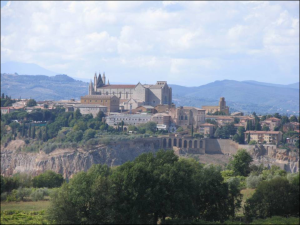 The estate is located about 10 kilometers from photogenic Orvieto. In fact, the view from the terrace overlooks rows of vines across to the famous cathedral on the tufa stack that hosts the town.
The estate is located about 10 kilometers from photogenic Orvieto. In fact, the view from the terrace overlooks rows of vines across to the famous cathedral on the tufa stack that hosts the town.
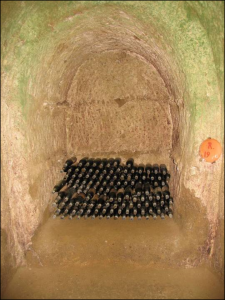 The history of the estate is long and illustrious. Etruscans carved out cellars in the soft tufa soil, storing grains, wine, and anything else needing preservation. Turns out, the natural underground keeps wine at a near perfect temperature for storage. Part of the tasting is a trip down into the cellars - up to 3000 years old. Later the Romans made wine in the area.
The history of the estate is long and illustrious. Etruscans carved out cellars in the soft tufa soil, storing grains, wine, and anything else needing preservation. Turns out, the natural underground keeps wine at a near perfect temperature for storage. Part of the tasting is a trip down into the cellars - up to 3000 years old. Later the Romans made wine in the area. 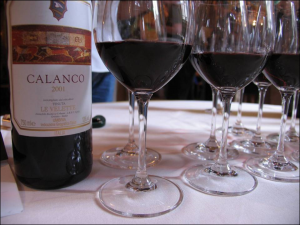 Then in the middle ages the monks of a nearby monastery continued the tradition. In the 19th century the Counts Negroni sold the property to the Botai family. The region, famous for its crisp, light whites is perfect for wine production. The climate is near perfect plus the tufa soil has all the right minerals and holds water like a sponge for the vines.
Then in the middle ages the monks of a nearby monastery continued the tradition. In the 19th century the Counts Negroni sold the property to the Botai family. The region, famous for its crisp, light whites is perfect for wine production. The climate is near perfect plus the tufa soil has all the right minerals and holds water like a sponge for the vines.
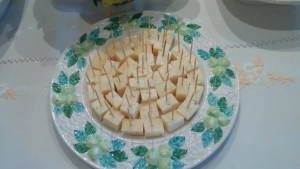 We gather in an elegant dining room in the manor house of the estate for our tasting. We taste 2 whites, a red, and a dessert wine while having a wonderful picnic lunch of cheeses, meats, pizzas, and Torta alla Nona (Grandma's Cake) for dessert. Appropriately, the ceiling is frescoed with images of Bacchus, the Roman god of wine. We taste great wine, sample some fun food, take some memorable photos, and create great memories of our time in central Italy.
We gather in an elegant dining room in the manor house of the estate for our tasting. We taste 2 whites, a red, and a dessert wine while having a wonderful picnic lunch of cheeses, meats, pizzas, and Torta alla Nona (Grandma's Cake) for dessert. Appropriately, the ceiling is frescoed with images of Bacchus, the Roman god of wine. We taste great wine, sample some fun food, take some memorable photos, and create great memories of our time in central Italy.